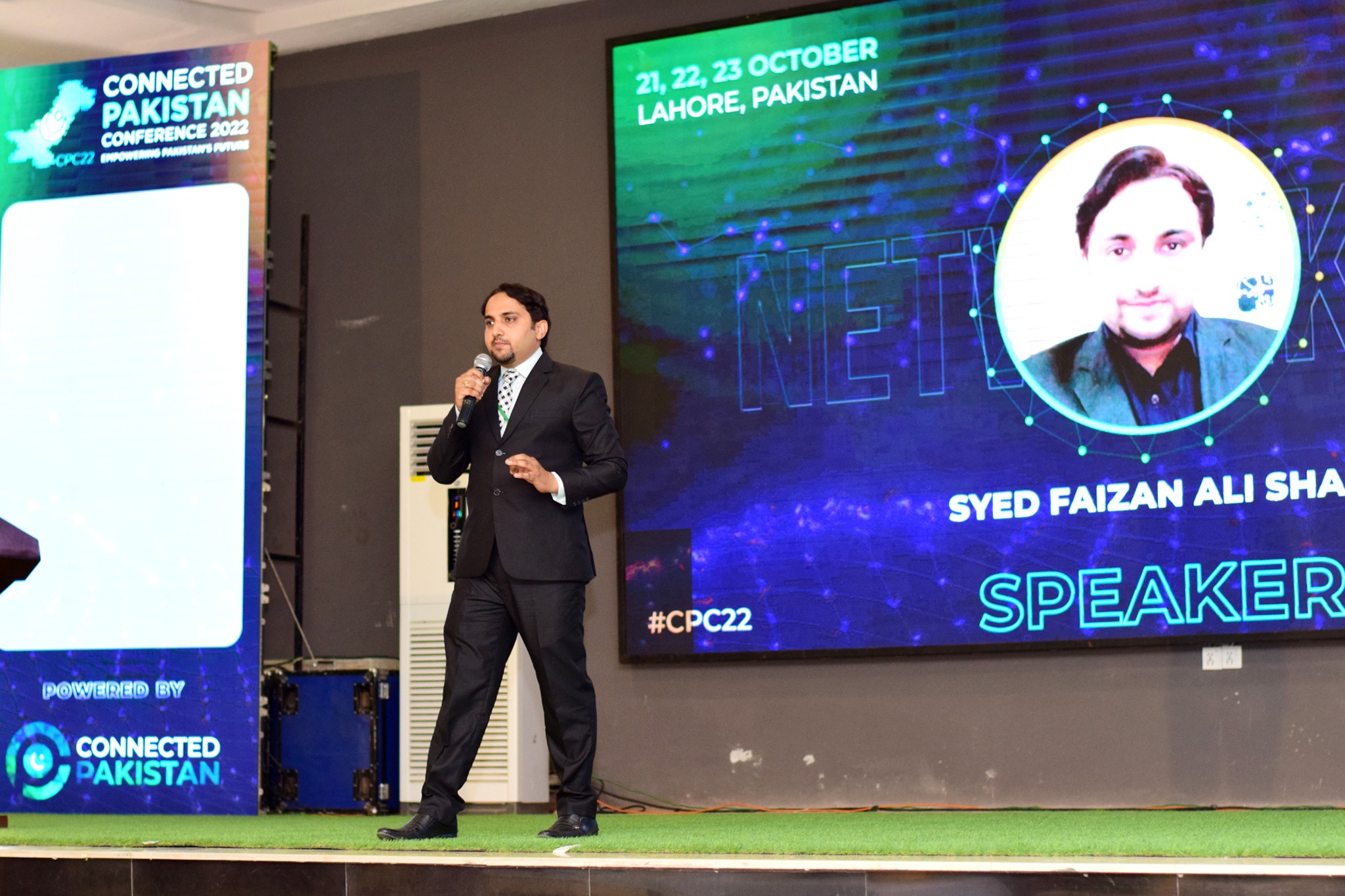In the dynamic landscape of societal evolution, transformation is not just an aspiration but a journey that demands strategic navigation through challenges and the realization of dreams. This multi-step process involves Problem Identification, Policy Formulation, and Implementation Program – each stage carefully crafted to propel us towards a future where challenges are met with solutions and dreams materialize into tangible reality.
1st Stage: Problem Identification (Approx. 400 words) The foundational step in any transformative journey is Problem Identification. This stage is not merely about recognizing surface-level issues but delving deep into the intricate fabric of challenges that shape our environment. It requires a meticulous examination that goes beyond symptoms, aiming to uncover the root causes and complexities of each problem.
In Problem Identification, the emphasis is on understanding the challenges comprehensively. This involves gathering data, conducting thorough analyses, and engaging in stakeholder consultations. By doing so, we lay the groundwork for precise solutions and well-informed decisions. Identifying challenges becomes a strategic exercise, akin to navigating through a complex maze where each turn reveals new insights and opportunities.
This stage is not just about problem-solving but about creating a comprehensive problem statement that serves as a guiding beacon for subsequent stages. It sets the tone for an informed and strategic approach, ensuring that the transformative journey is rooted in a clear understanding of the obstacles to be overcome.
2nd Stage: Policy Formulation (Approx. 400 words) Armed with a comprehensive understanding of challenges, the journey progresses to the second stage – Policy Formulation. Here, the focus shifts from analysis to strategy, as effective policies are crafted to guide purposeful and impactful actions.
Policy Formulation is an art that involves translating insights from Problem Identification into structured plans. It requires the synthesis of diverse perspectives, aligning goals with available resources, and designing frameworks that serve as roadmaps for transformation. The emphasis is not only on addressing individual challenges but on creating an integrated strategy that considers the interplay between various factors.
This stage is marked by creativity and foresight, as policies are envisioned not as static documents but as dynamic tools that adapt to changing circumstances. Crafting effective strategies is akin to architecting the blueprint for the transformative journey. It involves considering the long-term impact, aligning with organizational values, and ensuring that policies resonate with the broader vision of the desired future.
3rd Stage: Implementation Program (Approx. 400 words) The culmination of the transformative journey lies in the third stage – Implementation Program. This is where plans take a tangible form, and concrete actions unfold to turn policies into real-world results. It is the bridge between strategic planning and execution, where the transformative journey reaches its zenith.
The Implementation Program is a testament to the commitment to turning visions into reality. It involves a coordinated effort to bring policies to life, engaging stakeholders, allocating resources, and navigating through the challenges of execution. This stage is marked by adaptability and resilience, as the transformative journey encounters the realities of implementation.
Success in the Implementation Program is measured not just by the formulation of plans but by the tangible results achieved. It requires monitoring, evaluation, and a willingness to iterate based on feedback and changing circumstances. The Implementation Program is where dreams materialize into reality, and the transformative journey yields visible and impactful outcomes.
Conclusion: In conclusion, the journey from Problem Identification to Policy Formulation and Implementation Program is a comprehensive approach to societal transformation. Each stage plays a crucial role in navigating challenges and turning dreams into reality. Problem Identification provides the foundation, Policy Formulation crafts the roadmap, and the Implementation Program transforms plans into tangible results.
This multi-step process is not linear but iterative, requiring continuous refinement and adaptation. It signifies a commitment to resilience, strategy, and determination in the face of challenges. As we navigate through this transformative journey, we not only overcome obstacles but actively shape the trajectory of our desired future. The synergy of Problem Identification, Policy Formulation, and Implementation Program symbolizes a holistic approach to societal evolution, where challenges are met with solutions, and dreams become a tangible reality.






